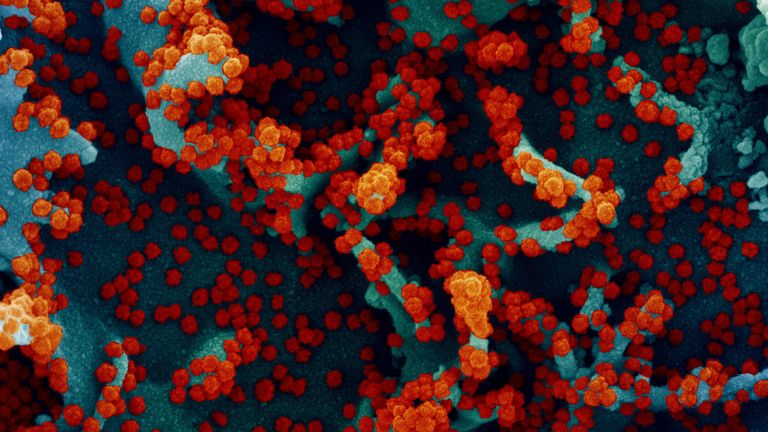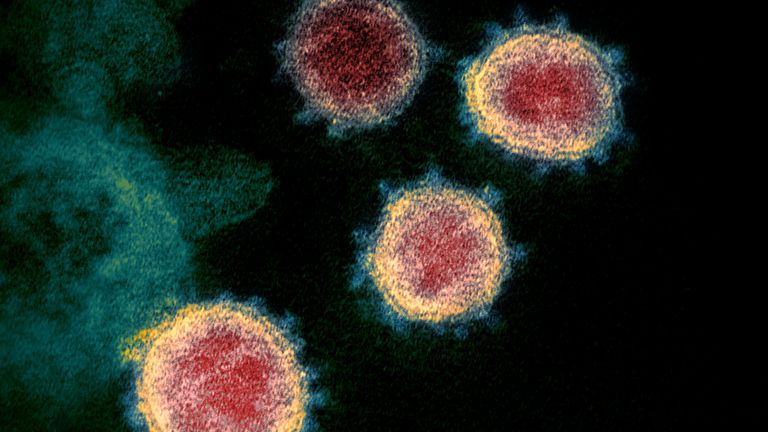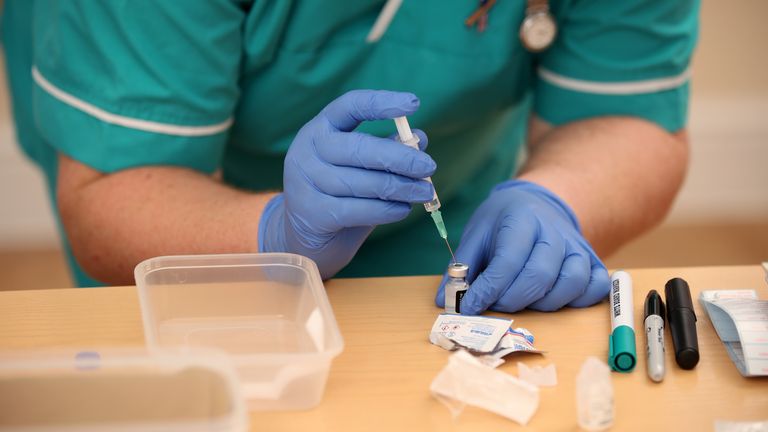The coronavirus pandemic has spurred on the development of a range of new medical technologies, some of which could have a lasting impact on humanity's ability to treat difficult diseases.
Both COVID-19 vaccines Pfizer/BioNTech and Moderna use something called messenger RNA (mRNA) to send genetic instructions to the body's cells that result in them producing antibodies for the coronavirus without the virus actually being introduced to their body.
Speaking to MIT Technology Review magazine, Professor Drew Weissman and Dr Katalin Kariko - whose research underpins the technology - said that mRNA could in the future be used to treat HIV, sickle cell disease and potentially even cancer.
It isn't the first time hopes have been raised about the medical uses for mRNA.
Speaking on the Sky News Daily podcast with Dermot Murnaghan, World Health Organisation epidemiologist Dr Larry Brilliant described the technology as a "breakthrough" that "has the potential for phenomenal knock-on effects".
Messenger RNA is the molecule that contains essential information for cells to produce particular proteins.
Both of the vaccines use mRNA borrowed from the virus which instructs the patient's own cells to produce the spike proteins which makes the coronavirus so potent.
When the body develops an immune response to this spike protein it is then able to fight off the coronavirus without having ever been exposed to the virus itself.
Researchers say the technology could be used to provide genetic patches for HIV, sickle cell diseases, and even cancer.
Professor Weissman told the magazine the success of the COVID-19 vaccines was a validation of his life's work: "We always knew mRNA would be a significant therapeutic tool."
Dr Brilliant told the Sky News Daily podcast: "The idea that you can use messenger RNA to instruct the body to make a cure or to make a sequence that leads to the cure or prevention of disease is breathtaking."
To work the plan will need to piggyback on work which won its researchers the 2020 Nobel Prize in Chemistry - the CRISPR/Cas9 genome editing technique.
Combined with mRNA, there could be massive genetic therapy campaigns in which a cheap injection or two leads to permanent changes in the body, whether the body is producing sickle-shaped red blood cells or has HIV.
In a breakthrough treatment which has yet to be patented, Professor Weissman has figured out how to target the mRNA particles so they end up inside bone marrow, something which could be used to cure sickle cell disease by sending it new instructions to creating normal red blood cells.
"We would correct sickle cell with a single shot. We think that is groundbreaking new therapy," Professor Weissman told the magazine.





